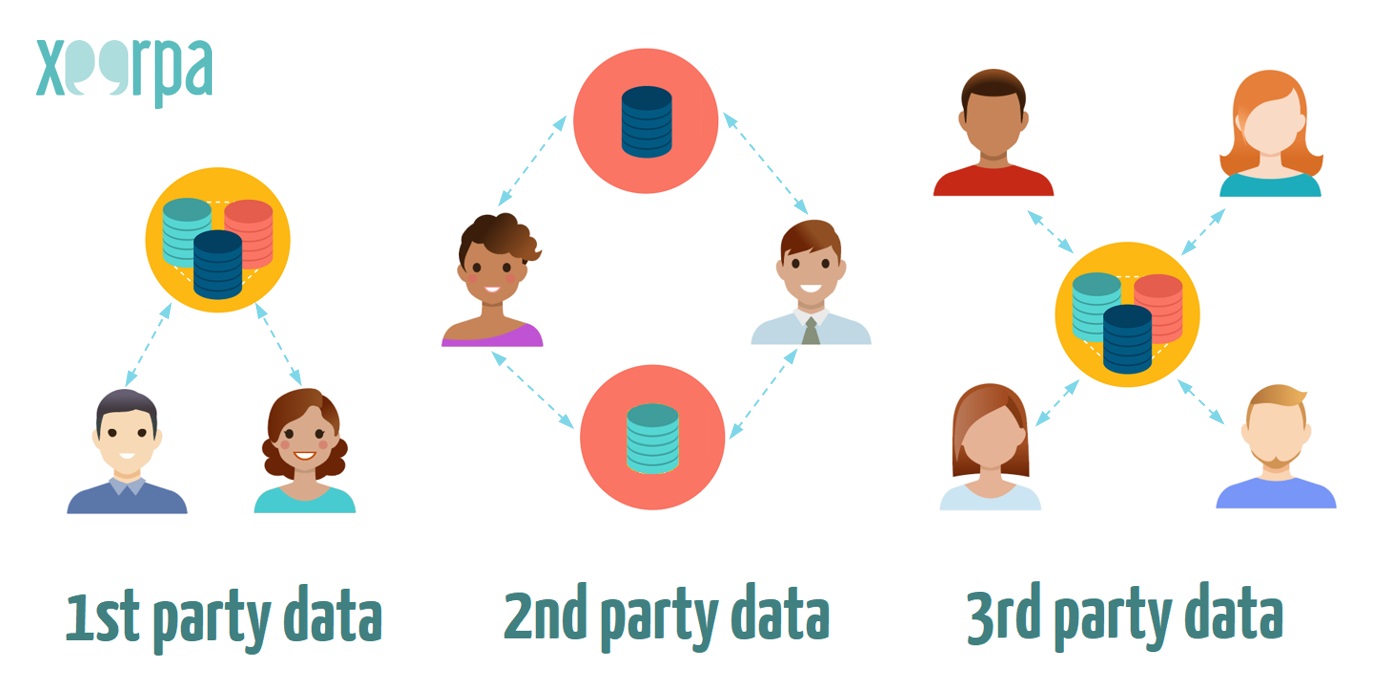Will the New 20s be the End of Third Party Data?
Google marks the beginning of the twenties by announcing that they will limit and progressively reduce the use of third party cookies in the following years. What does it mean that Chrome, the most used browser in the world is taking this leap? Do companies need to refocus their strategy towards a major use of first party data?
In our main trends for 2020 blog post, we discussed the CRM trends and the arrival of CDPs in this new decade. We know that the key is offering a personalised experience to our users. But how can we do that? Which approach should we follow?
Since GDPR implementation, the industry has been gradually getting used to the fact that the user is the one who has the power over data, thus marketing teams should make an effort in personalising experiences, in adding value, as well as in projecting a sense of trust to their users.
But not having access to third party data might be a handicap in our already well stablished marketing strategies. What can we do to achieve our marketing goals and overcome this change?
The key is the identity-based data.
Building identities. Identity-based data.
Identity is key and that’s why first party data is gaining such importance against the well-known third party data. When we refer to first party data we mean information you obtain directly from your users (web behaviour, app behaviour, subscriptions, social data, CRM profiles, surveys, etc.)
Since first party data comes directly from your audience, it has a better quality than third party data, it is also more precise for it has specific identities behind it: users and clients.
First party data precision allows marketers to better understand and predict consumer behaviour with trust and efficiency. Back in 2017 Google already reported that 92% of marketers believed using first party data was critical to their growth.
Data collected from a user in your website, the sections he/she visits, purchase history, brands he/she follows on social media, identity, demographic data, etc. will give you insights of great value so you can offer that specific user the content he/she feels identified with.
Being able to connect different sources of data to an identity is essential to achieve that much desired personalisation. About 50% of consumers would switch brands if a company doesn’t make an effort to personalise their communications to them.
First Party Data. The Key to Personalisation.
With first party data it’ll be very easy to achieve said personalisation, to know your users, create segments and identify your buyer personas.
First party data is also the most transparent one, a crucial factor since GDPR came into force in 2018. Customers grant access to their personal data if they know their consumer experience will be improved thanks to this knowledge.
By integrating first party data in your CRM, DMP, CDP and other platforms, and unifying data in individual user profiles you’ll achieve the most precise analytics.
There’s no doubt that identity data is gaining the battle to anonymous data and that’s one of the main reasons why we should place our bets on the first one.
Quality over Quantity.
Second party data is other companies’ first party data. Its main disadvantage is that you cannot truly verify the value of the information provided by your partner.
On the other hand, first party data is controlled and verified by your team, it’s information your company gathers, mostly cost-free and it comes directly from the source.
Third party data is a subject of trade, and even though it can help you fill in the gaps in order to achieve a more detailed user profile, generally buyers don’t know the source of that data and the information might not be 100% accurate and up-to-date. Furthermore, this data is available to any buyer, including your competitors.
Last but not least, most third party data providers do not comply with GDPR requirements. Recently many companies in Europe and some in US (Facebook, Twitter) stopped incorporating third party data in their digital advertising strategies.
Even though third party data might be available at bigger volume, companies progressively prefer quality over quantity, investing in obtaining verified and valuable first party data. They use this actionable information to communicate with their customers in a more precise way, sharpen their commercial impacts and attract leads.


